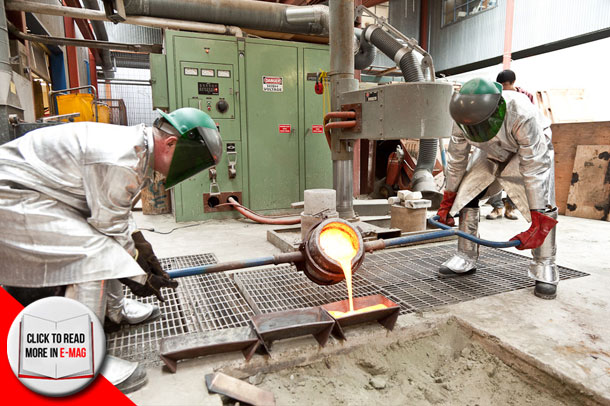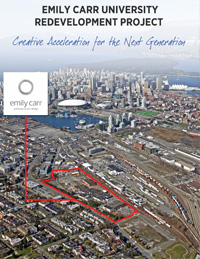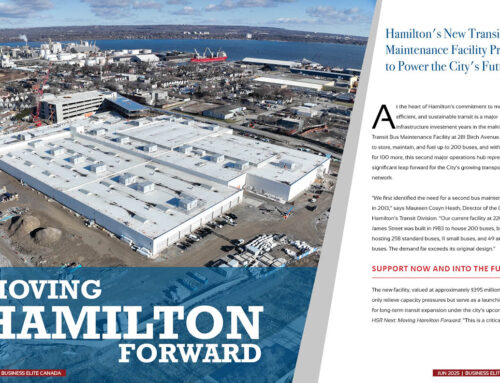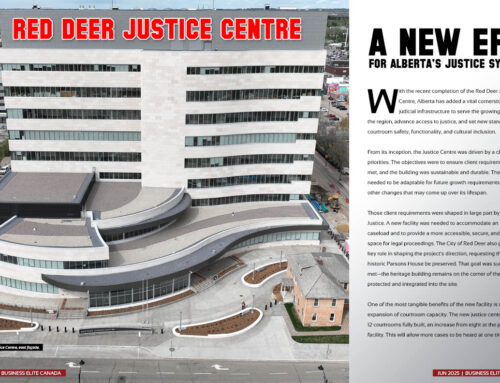Creative Acceleration for the Next Generation
By: Mudeeha Yousaf
Having long outgrown its current Granville Island Campus, Emily Carr University of Art + Design is moving to Great Northern Way in a massive $134 million endeavour. One of the oldest public post-secondary institutions in B.C. , the University celebrates its 90th birthday next year. This historic milestone is juxtaposed with the University’s bold vision for fine arts, media arts and design students of the future – one in which creativity and industry come together in service of community, culture, and economy.
Originally named the Vancouver School of Decorative and Applied Arts, Emily Carr University first opened its doors in 1925. Until WWII, it remained a school of fine arts, but after the war it began to transition into an institute of art and design. During the ‘80’s and ‘90’s its degree-granting authorities expanded, and in 2008 the province of British Columbia gave it University status. “The first graduating class was in 1929 with 11 students. Needless to say, we’ve grown, and today we are graduating close to 400 students every year,” explains the Associate Vice President of Advancement and Alumni Affairs, Broek Bosma. The world-class design institute was previously remodelled to accommodate 800 students, but today’s University manages two-and-a-half times that number full time, with another 3500 continuing studies students throughout the year. “We moved to this facility in 1980 and the building we’re in is a converted wire factory, which is reflected in our logo as part of our history. However, the current building just can’t support the technical infrastructure we require to train and develop 21st century art, design and media talent.”
Emily Carr University’s motivation for this massive undertaking is to provide a purpose-built, best-in-class building for students in undergraduate, graduate and continuing studies programs, as well as for faculty, research teams and their many collaborating partners. Increasing demand and a booming creative economy place further strain on space – especially for unique programs and partnerships run by the University’s Research Centres and studios that specialize in fields such as health design, Stereoscopic 3D, social and interactive media, wearables and interactive products.
“We need a physical space that inspires and promotes the big ideas people have at Emily Carr, and we must enhance our infrastructure as they create what’s next for our world,” says Bosma. The school provides platforms by which specialists in visual arts, design and media arts can connect their practices to non-profits, entrepreneurs and industry alike, using research and scholarship opportunities to materialize creative potential. Undergraduate and graduate students gain essential real world experiences through such valuable collaborations.
In January 2013, Premier Christy Clark made an announcement that the Government of British Columbia would invest $113 million to the project–-the largest single cultural investment that the province of British Columbia has ever made. However, the remaining $21 million for the project must be raised by the University’s Advancement Department through private donations. To this end, the Emily Carr community, including partners, students, board members and supporters, launched THE BIG IDEA Capital Campaign in May to raise these required funds. These funds will contribute to build the new campus’ spaces, many of them public. The campus will include galleries, a 400-seat theatre, the Aboriginal Gathering Place, a library, the student commons and more. It will reflect the University’s core values and there will be “art everywhere”, bringing the public in to share the space as a cultural hub.
The University’s campaign goal is $25 million — $21 million of which will go into the construction of the physical building. The remaining $4 million will enhance student access (to scholarships, curricula and services) and empower its culture of research and community engagement. To date, the University’s campaign has already pulled in $15 million. “We are working in the spaces of art and culture, but also education and industry,” says Bosma. The campaign, which was launched publicly in May 2014, will take the next three years to complete its financial goals, moving into the campus in 2017. “We are eager for the day when we can invite the public to enjoy the new campus, and to benefit from its events, lectures, exhibitions and open spaces – to experience the future of art, design and media.”
The delivery model for the new campus is a Public Private Partnership, or P3, through Partnerships BC. In a P3 arrangement, government remains actively involved throughout the project’s life cycle. The private sector is responsible for the more commercial functions, such as project design, construction, finance, and operations, thereby encouraging a “life cycle” approach to planning and budgeting through long-term contracts. Currently, there are three proponent consortiums in the running, each one formed of an equity partner, a builder, a design partnership and a maintenance and service company. They are responding to the Request for Proposal that was issued in the fall of 2013. Selection of the successful proponent will be made in the fall of 2014.
“This is a carefully managed and monitored process with a fair and competitive bidding process as well as a thorough evaluation process,” states Bosma. The majority of funding is coming from the Government and the P3 ensures value and protects public interest. After the successful proponent has been chosen this fall, Emily Carr will unveil the design for the new campus to the community and refine requirements for the interior of the building, including a motion capture studio, 3D printing lab and supporting technologies to significantly benefit all of the student body. “Unless our students are learning on the equipment that they will be using in the industry, they will not be fully prepared,” says Bosma.
Having recently launched alumni chapters in Toronto, New York and San Francisco, Emily Carr University of Art + Design is embracing its international reach – each year, the student body represents approximately 50 countries. This redevelopment project and the University’s new campus certainly amplify the vision of its original founders, who started it close to a century ago. “Every year we have more and more interest from international students to study here,” closes Bosma. “No matter where you are in the world, or what your profession is, we believe that creativity is the greatest natural resource, and that’s the conversation we want to open as our transformation takes us from this campus to the next.”
For more information on the Emily Carr Capital Campaign and new campus, visit
http://www.thebigidea.ecuad.ca







